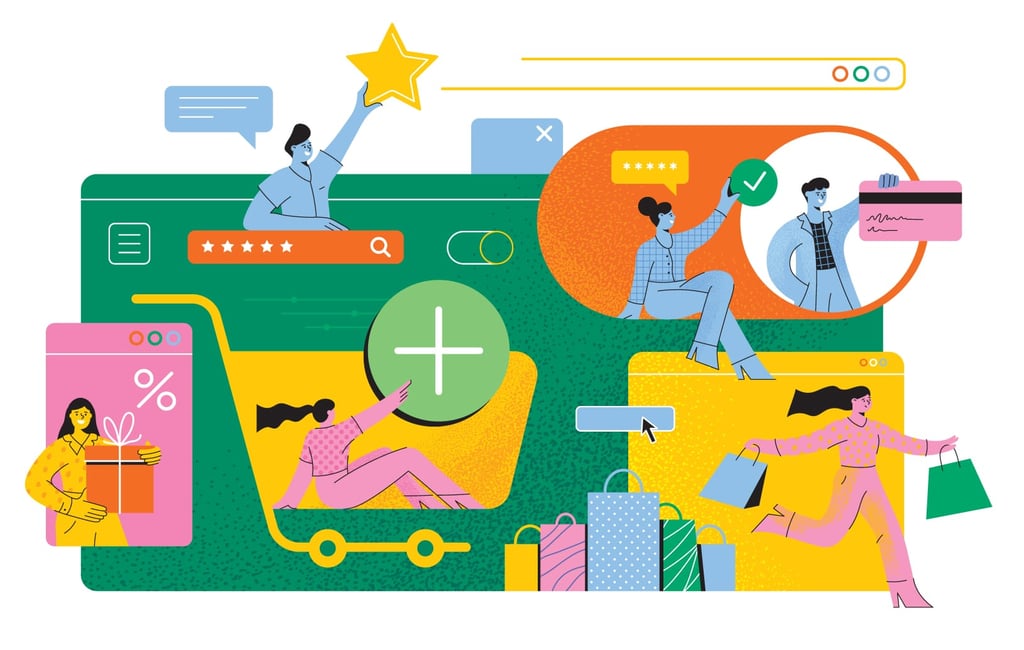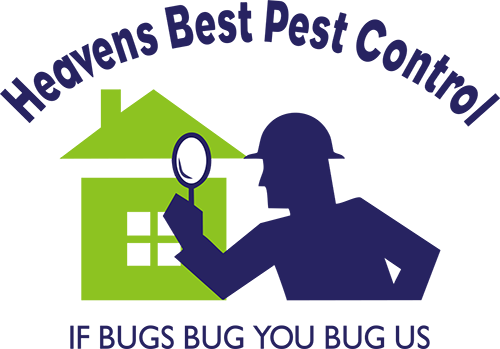How to Create a Buyer Persona

When it comes to your marketing strategy, one of the most important things you need to do is define who your target audience is. The truth is, not everyone will buy your product, use your service, or otherwise engage with your business.
That said, you should focus your marketing efforts on those who will. In order to do this, you must deeply understand the people you are marketing to. To gain this deeper understanding of your ideal customer, create a buyer persona.
What is a Buyer Persona?
A buyer persona is a representation of your ideal customer based on the information you collect from your past sales, marketing data, and other sources. This definition of your ideal buyer should be presented so that it sounds like a specific person.
Here are 7 steps to create a buyer persona:
1. Gather Information
First, compile information about a particular kind of person in your target market. Consider this person’s race, gender, occupation, and age when designing a representation of them. Also, look at data from your marketing platforms and product sales to see who engages most with your business.
2. Paint (or Find) a Picture
Then, find an avatar to represent that person. It can be a drawing or stock photo that accurately represents this person as much as possible. The most important thing is that it accurately reflects your persona. For example, you wouldn’t use a photo of a teenager to represent an adult.
3. Give Them a Name
To form more of a connection with the buyer persona, give them a name. Often, buyer personas are named something memorable and alliterative. For example, if you’re designing a buyer persona for your real estate agency, your typical home buyer may be called Homebuyer Harry. For an eCommerce seller, you might call them Seller Sam.
4. Ask for Input
Although marketers often create buyer personas, others’ input can be valuable in this process. For example, customer service representatives who work directly with customers can provide anecdotal information on those they work with. Data analysts can provide data about your current customers. All of these perspectives have their own unique value.
5. Consider Their Needs
Although the ideal customer’s identity matters, the goals they’re looking to meet using your product or service are more important. Your leads come to you with goals and needs that you can help them to meet.
Consider what these might be when designing your buyer personas. For example, consider their budget, what needs they have, and what needs to be done to meet those needs.
6. Interview Customers
Once you complete as much of the persona as you can based on your data, start interviewing customers. It’s important to talk to actual customers to make sure your interpretation of the data matches the real experiences of individuals. Take good notes during these interviews. Then, look for common themes.
When interviewing customers, ask them how they found your company, what made them decide to work with you, what experiences they’ve had with your business, and how to improve their overall experience. What you learn from these interviews adds depth to your persona that you won’t be able to obtain any other way.
7. Keep Them Up to Date
Like every other part of your business, your buyer personas grow and change over time. Maybe you offer a new product or service that appeals to a different audience.
For example, you own a clothing store and you start selling children’s clothing along with adult clothing. When this happens, you should update your buyer personas to reflect these changes.
What do I do with this buyer persona?
Your buyer persona can be one of your greatest marketing assets. It can inform your content, product offerings, and other aspects of your business. If you need help creating or updating your buyer persona, we can help. Please contact Links Web Design for a free consultation today!
Links Web Design is a marketing agency in Bangor, ME, and Fruitland Park, FL.









